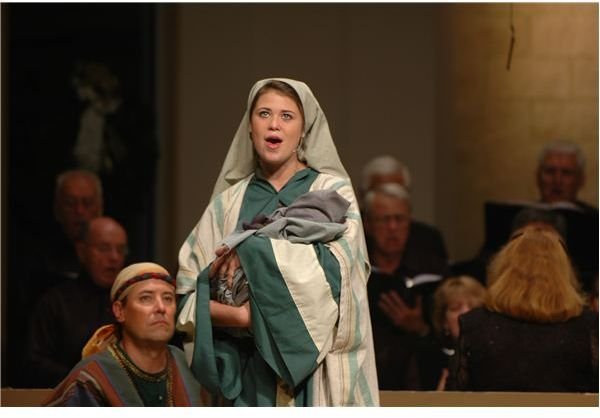How to Photograph School Christmas Concerts and Plays
Introduction
Thanksgiving is right around the corner, and Christmas soon after that. That means if you have small kids or know someone with kids, you will be invited to their school concert, play, or musical. If you’re here reading this, you’re probably at that point and wondering how to photograph the event. To capture these precious childhood moments, you will need the right camera gear, settings, and techniques.
Camera Gear
A point and shoot camera will be extremely limited in what it can do. They usually do not have lenses with wide enough apertures and high ISO capabilities to capture low light photos and their flashes will not reach far enough onto the stage. An alternative to photos is a movie (if your camera supports this feature) which is more forgiving in low light.
The ideal camera to use would be a digital SLR (single-lens reflex) camera. This will allow you to control your settings and help you achieve the best shot possible. With such a camera, you can longer, wide aperture lenses and external flashes, something you won’t find on a point and shoot camera. Besides a standard wide-angle zoom lens, the other lens I would suggest you bring and use is a 70-200mm F/2.8 or equivalent lens. This will allow you to get up close to the kids and separate them from the background. With only a 70-200mm, you probably will not be able to capture the entire stage, so a second camera body and wide-angle lens would be good to have. Keep in mind though that the shots everyone else will have on their point and shoot are wide angle shots where the stage and performers are tiny, so yours will be very unique!
Photo by: Scott Schram
Camera Settings
· Shoot at the lens’s widest aperture (F/2.8 if possible).
· Maintain a shutter speed of about 1/125 to avoid motion blur of your subject. Use a higher shutter speed if you do not have image stabilization (addressed in the next bullet).
· Turn on your camera or lens’s image stabilization to avoid your hand’s shake in the photo.
· Be ready to crank up that ISO to 800 or more (1600-3200 ISO). Stages are often quite dim and require a fast shutter speed to prevent blurry photos. Remember, a slightly noisy photo beats a shaky or out of focus image any day! You can always remove noise to some degree, but can’t fix motion blur or out of focus shots.
· Unless you can diffuse or bounce your flash, I would avoid using it. It is also distracting to other audience members and the performers. If you want to use a flash, make sure it is ok to do so beforehand.
· If your camera has a quiet mode, now would be a good time to enable it. This usually dampens the shutter mechanism and flips down the mirror when you press the shutter down and flips it back up when you release the button.
Where and What to Shoot
Location – Arrive early and find a spot close to the stage where you can still see the entire stage. To avoid blocking people behind you, find a seat towards the sides. If they will let you, ask if you can shoot from the side of the stage to get even closer to the show.
The performers – Shoot a variety of wide and close-up shots. You never know what will look better and you will have plenty of time to select the best ones later. A fast telephoto zoom lens (like a 70-200mm F/2.8) lends itself very nicely to close-ups so take advantage of this and get the shots no one else will be able to have. Look for color, action, facial expressions, emotion, and other fine details.
Ending – Be ready for a wide angle shot when the performance is over and the performers take to the stage and give a bow.
